top of page

THE
WORLD
(OF DRAG) ACCORDINGTO RUPAUL
RuPaul’s Drag Race season 9 recently premiered on VH1, moving from its home on Logo to reach a broader audience. “Coming off RuPaul’s Emmy win and a ratings record-breaking season of All Stars, the fandom around RuPaul’s Drag Race has only continued to swell as we head into season nine...Broadcasting the show on VH1 will allow more fans to experience the energy, heart, and talent these fierce queens bring to the stage every week,” said an executive from Logo. The premiere broke records by reaching nearly a million viewers for the highly-anticipated season 9 premiere featuring Lady Gaga. The show has come a long way since its first season and although RuPaul has often been quoted saying that he’d rather “have an enema than an Emmy,” he can now have both. On top of the Emmy and Drag Race’s rising popularity, there is a dramedy series in the works documenting RuPaul’s rise to fame, and most recently, he was named one of Time’s 100 Most Influential People. He’s been quoted more than once saying “Whatever other people think of me is none of my damn business.” But amidst his rising popularity and increased visibility, people are thinking about RuPaul now more than ever.
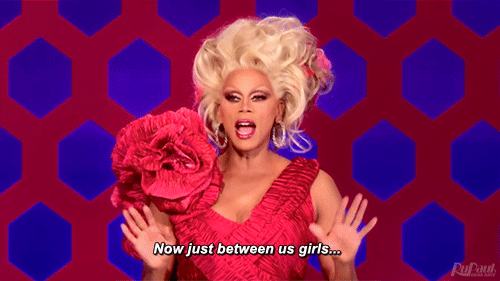
What does all this popularity mean? In a way, it’s nothing new. RuPaul has arguably always been the most famous drag queen in the world. In the history of the world, according to Ru himself. For a long time, RuPaul has been defining the way the world sees drag queens. He is the famous drag queen. However, the growing audience for RuPaul’s Drag Race means something else. Because Drag Race is available on television and streaming online (both legally and otherwise), millions of people now have access to drag. Millions of people who might never have access to drag otherwise. At one point drag was something you had to see live and for the most part was performed in gay bars and clubs. The only thing to measure a drag queen by was her fellow entertainers and how well she performed.
Now, we have 9 seasons of Drag Race at our disposal to watch and rewatch and be influenced by. It is RuPaul’s Drag Race, after all, and therefore the decision on who stays or who sashays away and who is crowned “America’s Next Drag Superstar” are up to RuPaul. Not to mention the decision on what drag queens are cast on the show in the first place. There are plenty of queens who are performing in different styles that aren’t cast and then are never seen by a good portion of Drag Race’s audience, because there are so many people for whom Drag Race is their only exposure to drag. In some ways, it’s great that people who don’t otherwise have access to spaces where drag is performed have such a large back catalog of drag culture to consume. In other ways, it presents a problem. When Drag Race is the only or defining piece of drag culture that viewers and fans have, RuPaul’s decisions, opinions, and preferences carry a much greater weight, because they impact drag on a broad scale. His choices to include and advance certain styles of drag, but not others affects what is seen as good drag.
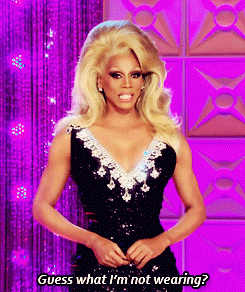
What style (if any) is RuPaul advancing as the superior drag style? In the world of RuPaul’s Drag Race, glamour is the driving force. While RuPaul states explicitly that any type of drag is welcome on the show, the ways the competition tends to play out sends a different message. Certain queens are sent home earlier if they don’t conform to the standard of glamour that RuPaul embodies and inherently emphasizes. Some queens enter the competition with less of a focus on glamour. But if they want to win, they work it into their style.
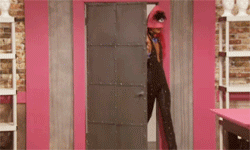
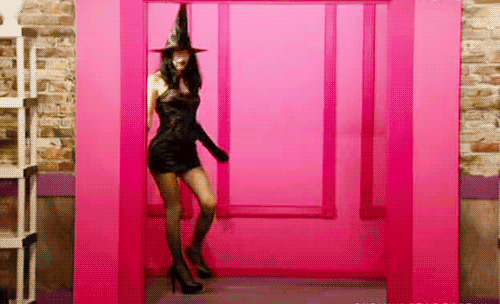

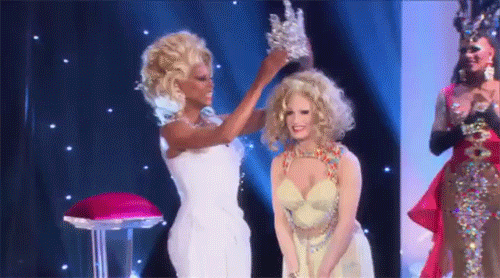
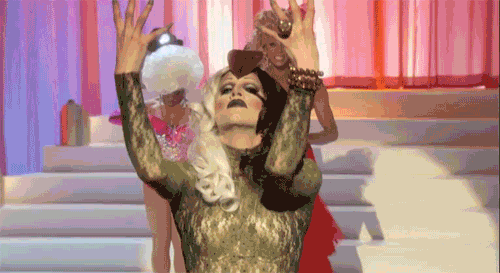
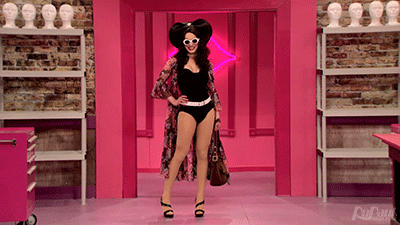
Glamour is at the heart of Drag Race because it is essential to who RuPaul is. Seen as the figurehead of the drag world and the quintessential drag queen, RuPaul is the ideal by which other drag queens are measured. When RuPaul serves us nothing but flawless glamour, he sends the message that regardless of the variety of challenges and runway categories the queens must dress to in the competition, there must be an element of his same untouchable glamour. The drama of the lead-in to RuPaul’s entrance on the mainstage shows how important this is. As the lights switch on and we hear the first few notes of Covergirl, we know what to expect next. RuPaul inevitably appears, statuesque, clothed in a floor-length, fabulous gown. A perfectly coiffed (and usually blonde) wig tops his flawlessly beat face. A hand extends upward. Before us is the perfect of example of what a drag queen is. The show is not America’s Varied and Evolving Artform of Drag Performance. It is RuPaul’s Drag Race. And at the end of the day it’s RuPaul’s world of drag culture, and we’re just watching.
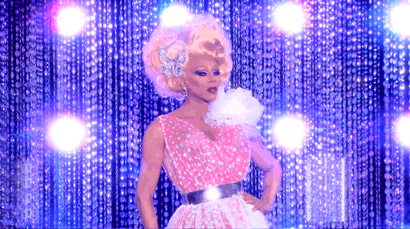
While glamour remains consistent throughout RuPaul’s presentation of drag, there are other key components that we see repeated consistently from RuPaul and in Drag Race. Certain messages are repeated each season and in the case of some, each episode:
-An emphasis on self-love and being comfortable in your own skin
-The importance of working hard and taking responsibility for what happens to you
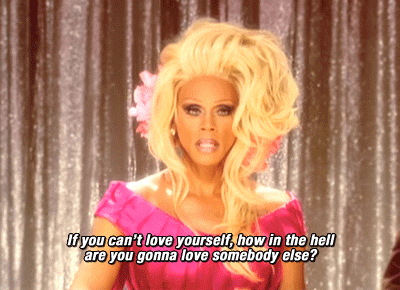
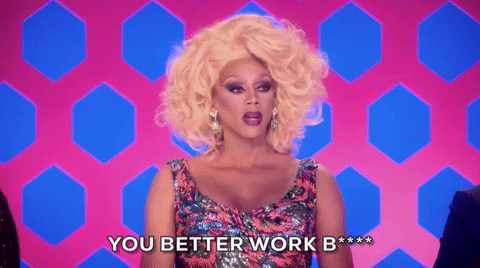
-Not worrying about what other people think about you
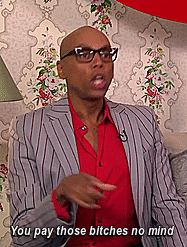
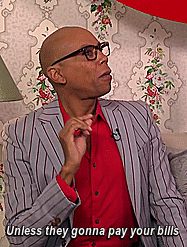
-Life is all about illusion and everyone puts up a facade. Nothing is as real as it seems.

-There’s no need to take life so seriously, so play with it and have fun.
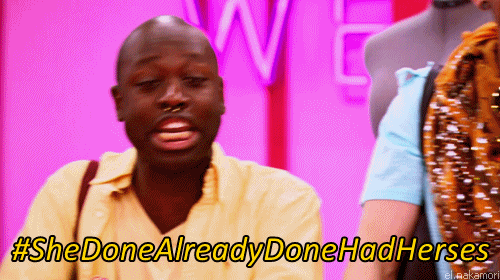
RuPaul maintains that he is not a part of the mainstream and that drag can never be mainstream. That may be true, but as drag increases in popularity, there is no denying that RuPaul and RPDR serve as the mainstream’s access to the world of drag.
I really don’t think that it is RuPaul’s intention to serve his certain brand of drag just for the purpose of making drag more palatable to mainstream audiences. And yet, that is what he serves, and that is what a mainstream audience (along with the entire audience of Drag Race) sees. And while there’s nothing wrong with RuPaul’s particular style, the problem is it’s the only one that most people see.

bottom of page